Which iPad storage size should you get in 2025?
From 64GB to 2TB - there are a lot of choices.
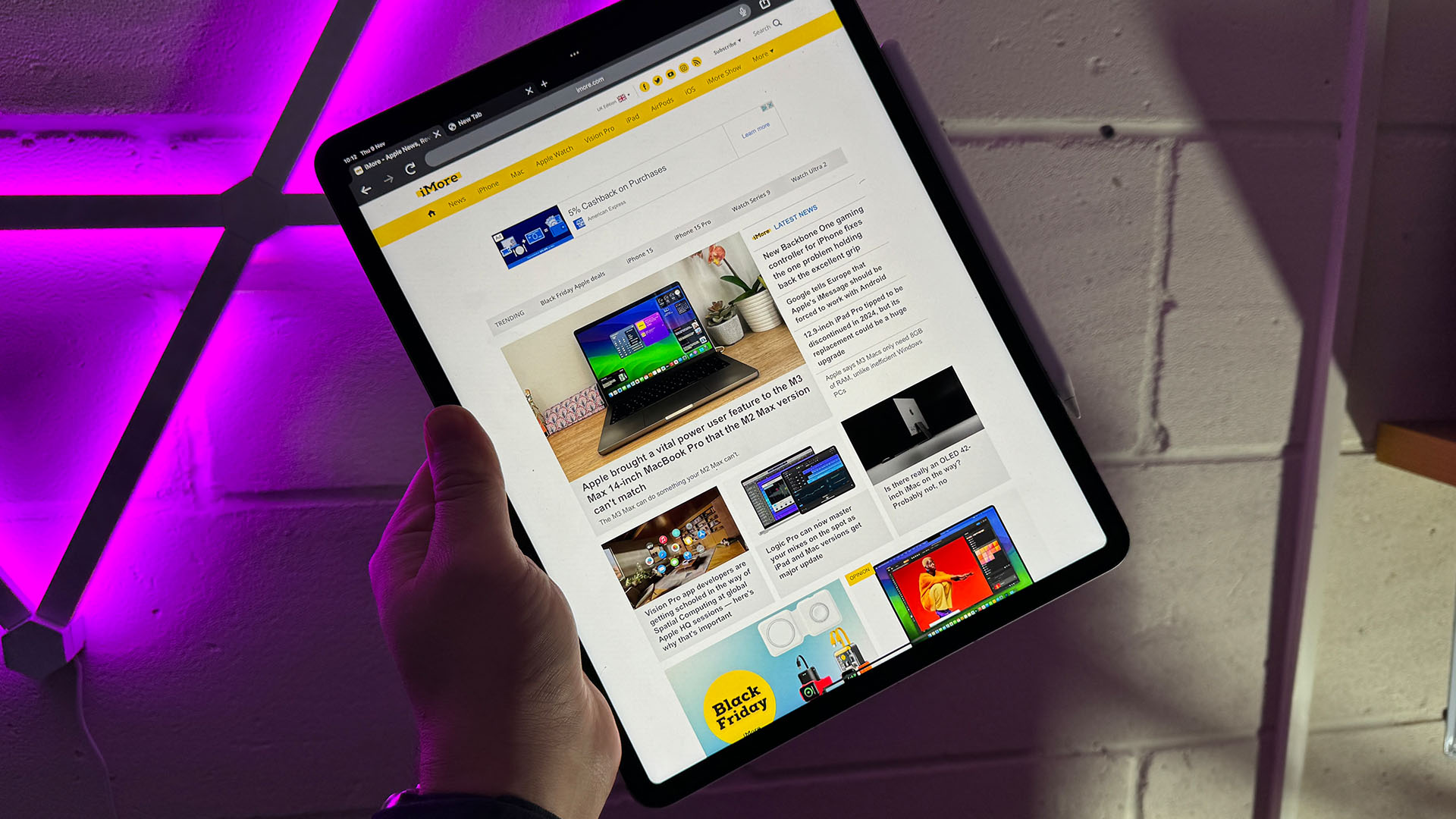
When it comes to choosing a new iPad, the question of what storage size you should get is definitely important. Most of all, once you pick a storage option you're stuck with that configuration, you can't upgrade it or swap out your iPad's hard drive, so it's important to have all the facts.
As you're about to find out, we almost always recommend the base model storage option when it comes to buying an iPad. Apple's higher capacities don't represent good value, and in the age of iCloud and streaming, you really don't need much onboard storage to get the most out of your iPad. Still, it's important to have all the facts, so here's our rundown of everything you need to know when it comes to iPad storage.
The iPad storage size you should get is usually the base model
You can always trust iMore.
Unless you're planning on doing loads of intensive movie or photo editing and intensive graphics work (or you want to store every single photo you've ever taken, with change), then we'd always recommend choosing the base amount of storage when you buy an iPad.
As you'll find out, adding more storage is great for certain use cases, and you'll get more storage per dollar, but you'll also end up spending loads of money on something that you might not need. iPads, after all, even in their cheapest forms, are not cheap, and you would find your money better spent on accessories like one of the best iPad cases, one of the best iPad keyboard cases, or even a more powerful model. It makes even less sense now that iCloud is becoming ever more prevalent, which will let you store your data over the internet. Physical storage has become less necessary for most people, which is why we'd recommend you buy the cheapest option.
There is, however, before we get ahead of ourselves, an exception to the rule. The iPad Pro M4 models give you some extra specs if you add more storage. We'll talk more about it later, but it's worth noting that there's more to think about with the brand-new Pro models than the rest of the line.

Stephen has a wealth of experience using iPads across the line-up since the product was first released. The team at iMore has sampled and reviewed every iPad created by Apple, including the Air, Pro, mini, and regular iPad line.
iPad storage size: Price per gigabyte
Ever since it was first released, the iPads main price differentiator, aside from the cellular versions, has been the storage options. They're also different among the different iPad models with multiple amounts available depending on the iPad that you want to buy. Generally, the more storage you buy, the better the price per gigabyte you get — although Apple's storage upgrade prices are never the cheapest around. To illustrate what storage upgrades there are, we've outlined them for each model below.
Note: All prices are for the Wi-Fi-only models of iPad. Cellular models would cost more but the storage size remains the same. We can't work out the price per gigabyte amount for the base storage
We'll start with what is now the value option, the entry-level iPad 10th generation. It starts at $349, making it the best iPad if you're looking for an iPad and don't want to spend every single cent in your bank account. There aren't too many storage options here, and they are priced and weighted as follows:
- 64GB - Base model
- 256GB - $150 extra, or $0.78 per gigabyte
Next up is Apple's iPad mini 6. This is Apple's smallest tablet and it also has two storage sizes: 64GB and 256GB. With only two options, it's pretty easy to see that the 256GB option is better in terms of value, but let's break it down.
- 64GB - base model
- 256GB - $150 extra, or $0.78 per gigabyte
Following that is the iPad Air 11-inch, which comes in four different storage options, going all the way up to 1TB. The more storage you buy here the less you'll pay per gigabyte, but you'll still have to pay a lot of money for the tablet.
- 128GB - base model
- 256GB - $100 extra, or $0.78 per gigabyte
- 512GB - $300 extra, or $0.78 per gigabyte
- 1TB - $500 extra, or $0.57 per gigabyte
The 13-inch iPad Air has all the same storage options, and the same price per gigabyte as the 11-inch model — the only difference is the extra you pay more overall for the larger screen.
Things now get a little more complicated than just working out price-per-gigabyte. See, with the Pro models, there are more than just extra gigabytes you get with the larger storage options — you also get more RAM and a stronger processor. Working out the price per gigabyte here wouldn't net us the right results, given that the extra doesn't just pay for more storage. With the iPad Pro, it's all about how much power you need, and whether you then want to
Going by price per gigabyte, your best deal is the 1TB iPad Air. That will net you the cheapest dollar-to-gigabyte of all the iPads — although you'll pay a whole lot more overall for the privilege.

What about the iPad Pro?
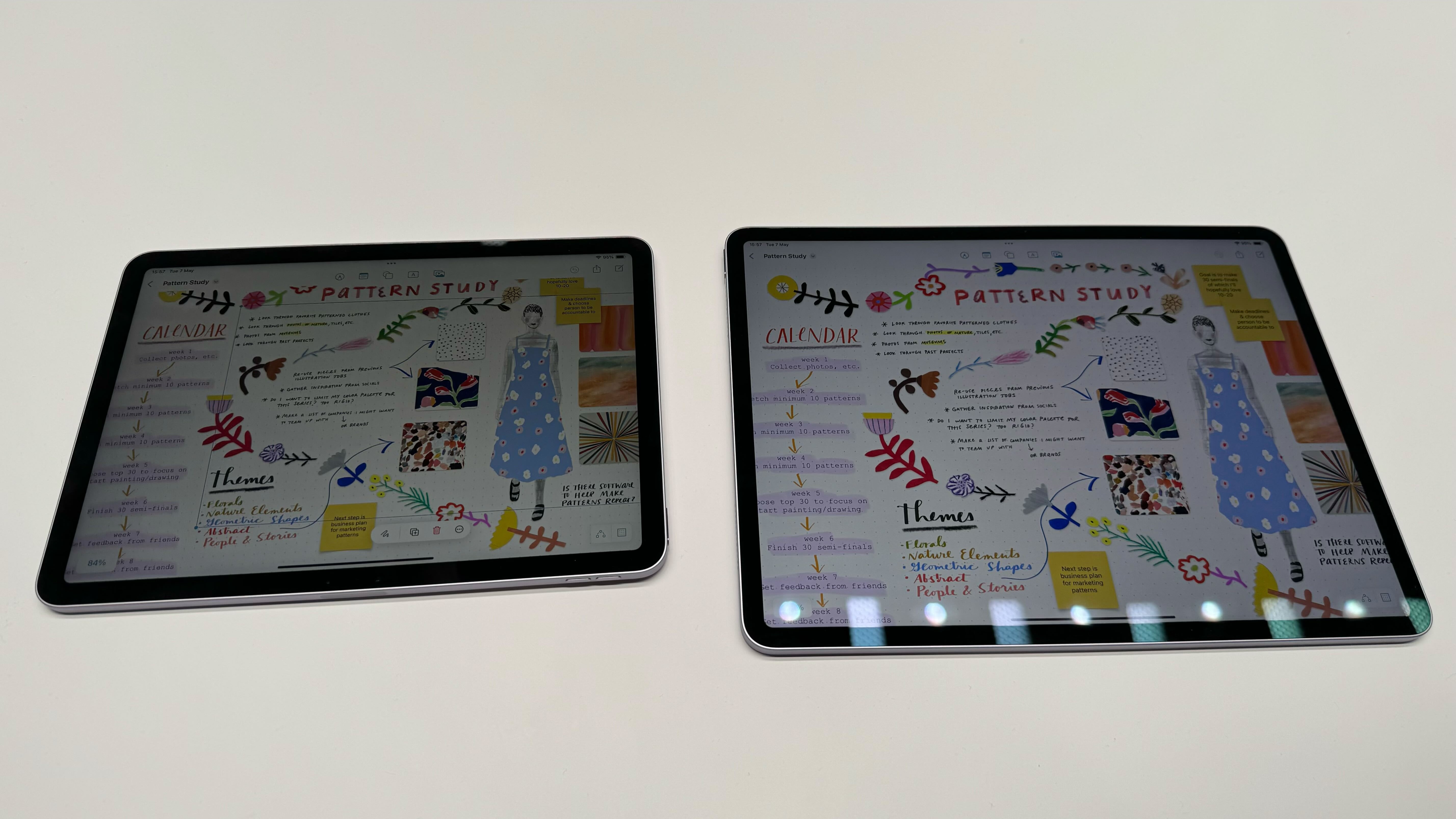
As we've said before, the iPad Pro is a little different when it comes to the storage options on the latest models. Ostensibly, you get four different storage options — 256GB, 512GB, 1TB, and 2TB. The hump in the road is that while the 256GB and 512GB have the same specs, the 1TB and 2TB options boost the RAM and the chip inside the tablet as well.
These are the options, how much they cost, and what they offer:
- 256GB - base model, 9-core CPU, 8GB RAM
- 512GB - $200 extra, 9-core CPU, 8GB RAM
- 1TB - $600 extra, 10-core CPU, 16GB RAM
- 2TB- $1000 extra, 10-core CPU, 16GB RAM
As you can see, when you get the 1TB and 2TB options, you're paying a whole lot more for what is not just a simple storage upgrade. That means you have to think more about what you're going to do with your iPad, such as more power-hungry tasks, rather than just how much you might need to store.
It also makes the discussion much easier — do you need the higher storage options? No, not if you don't want to spend $600 to $1000, and you won't be doing loads of work on it. If you want the most powerful iPad, however, it's your only option.
iPad storage size: Do you need local or cloud storage?
You may be able to skimp on your on-device storage and save some extra money if you plan to stay connected to Wi-Fi, as you can use cloud storage services to make up some of the shortfall. Apple offers plenty of integration with the best cloud storage apps, including Dropbox, One Drive, Google Drive, and its own iCloud option; the Files app even lets you natively manage all of those files in one place.
Apple's iCloud gives you free unlimited storage for all your iTunes-purchased content and Apple also gives all customers 5GB of free storage for backups, data, iCloud Photo Library, iCloud Music Library, and iCloud Drive. You can purchase more iCloud storage if you need it, at prices ranging from $0.99 for 50GB to $9.99 for a whopping 2TB. For most people, an additional 2TB is going to be more than enough, and when you're dealing with absurd price hikes for extra storage like that, $10 of cloud storage is great value.
Which iCloud storage plan you should get depends on how much content you intend to save off-device rather than locally on your device. iCloud integrates with iOS, macOS, and the web; it keeps all your stuff connected. Thanks to some really intelligent nearline management, iCloud can help make sure frequently accessed content is instantly available, and your older and infrequently accessed content is only a tap and a download away when you need it.
The cloud still can't entirely take the place of lots of on-device storage — you can't shoot 4K video straight to the cloud, for example — but it should help you get the most out of what you have. If you're just looking for a place to host your movies, music, and historic photos and videos, buying a smaller-storage iPad and making up the extra storage with iCloud is a great idea.
To sum up: if you're a regular cloud services user, 64GB of local space should be just fine for your daily needs. However, If you plan to travel or otherwise be offline, consider 128GB or 256GB. If your iPad is your primary work machine and you do a lot with images, video, and vectors, the 512GB, 1TB, or 2TB sizes offered by the iPad Pro should be your go-to options.
Remember — it is possible to cut down on your storage needs by learning how to find and remove 'Other' files from iPhone and iPad, as well as freeing up storage space.
iPad storage size: Photos and videos
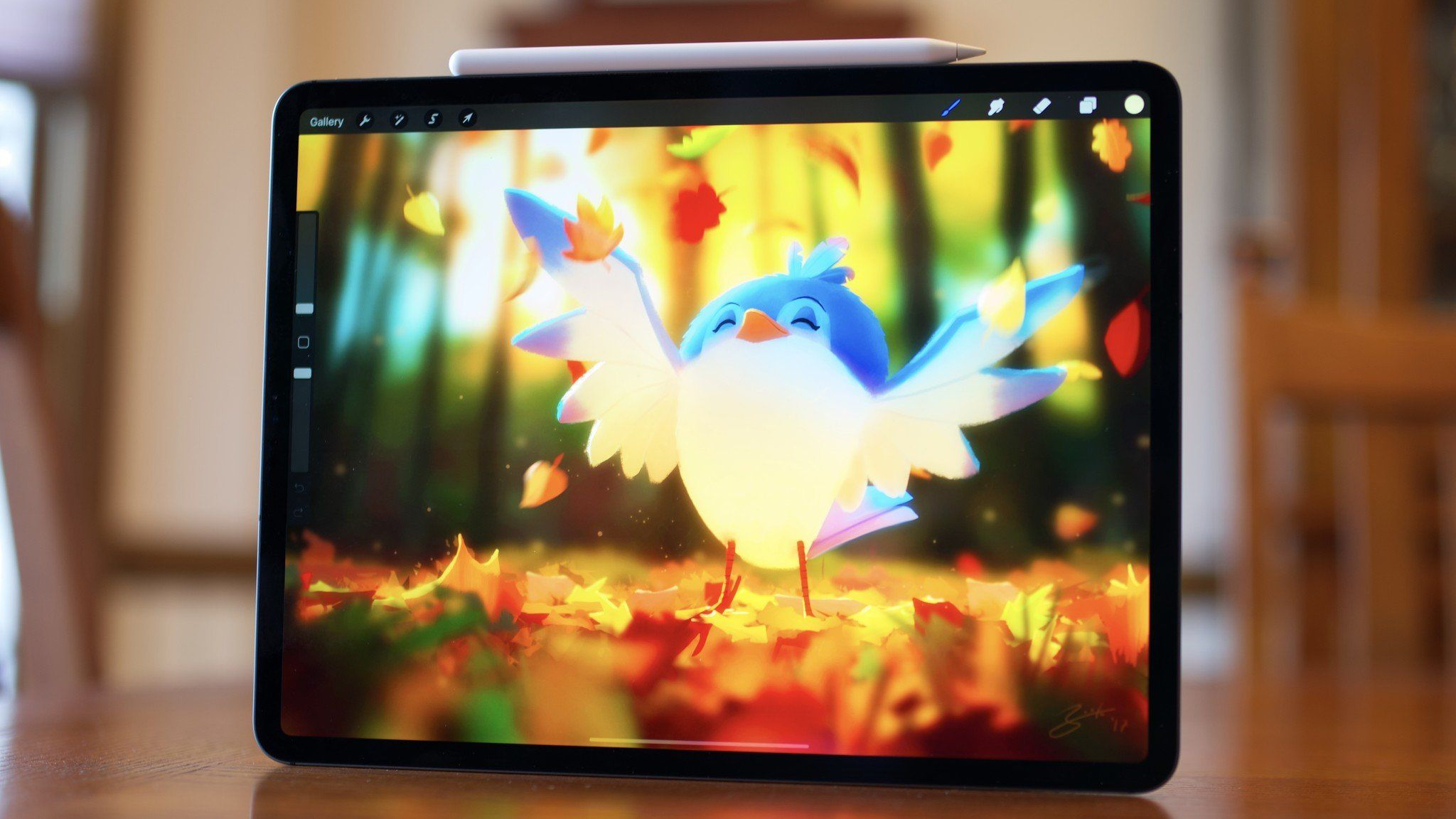
The current iPad lineup offers cameras that can shoot photos ranging from 8 megapixels to 12MP in size, up to 63MP panoramas, and video up to 4K & 60FPS. Even with iOS's HEIF and HEVC image and video compression format — which halves storage needs for multimedia content — if you take a lot of photos, you're probably going to need more local storage.
iCloud Photo Library can help offload your content to the cloud, but you'll have to pay for the iCloud storage necessary to store your full Photo Library. And even then, depending on how much you capture and how often, it still might not be ideal.
- If you hardly ever shoot or store photos and video on your iPad, you should be good with 64GB.
- If you plan to edit and store photos or videos — especially 4K video — consider one of the larger storage sizes, like 512GB or 1TB.
iPad storage size: Music, movies, and TV shows
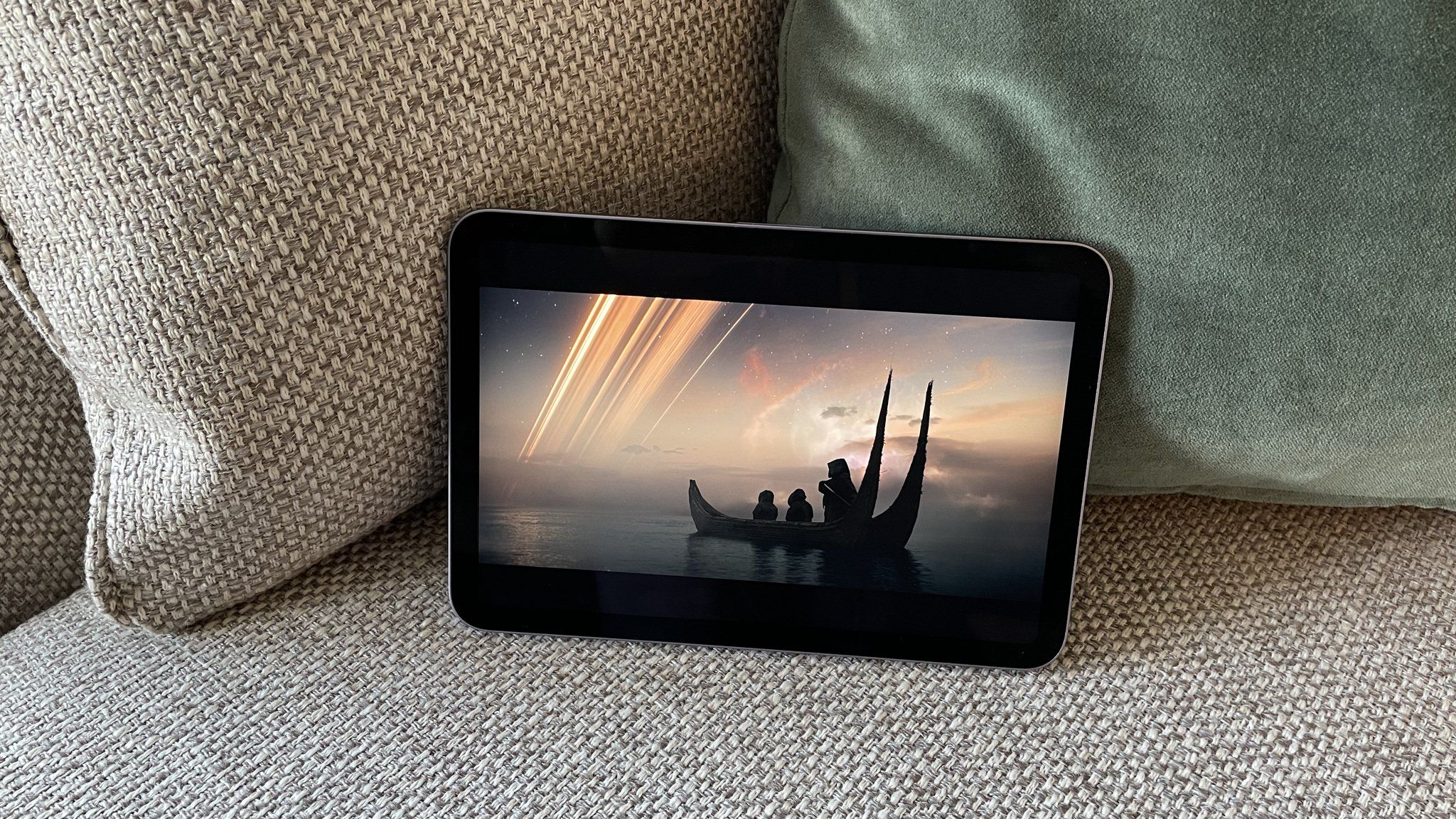
iTunes movies can be 1 to 3GB in size for a standard definition file; change that to HD, and they can easily eat up 3 to 6GB of storage. TV shows are usually a quarter to half the size of movies, but they make up for it by the number of episodes typically available. In contrast, music files are generally quite small, but if you have lots and lots of albums you want to jam to, they can add up as well.
Streaming services like Apple TV+, Apple Music, Netflix, Amazon, HBO, and Spotify also offer local offline storage options for traveling, while cloud services also offer offline storage space if you have personal movies or music you want to enjoy.
- If you do a lot of streaming and very little offline watching, 64GB is acceptable.
- If you want to be able to save a few movies and shows without having to delete other items on your iPad, 64GB is also good enough but you might want to consider the 128GB iPad Pro.
- Want to store a bunch of content offline? 256GB or 512GB is the size you want.
- Building AR games from scratch or editing movies and don't want to store anything in the cloud? The 1TB and 2TB models make more sense.
iPad storage size: Apps and games
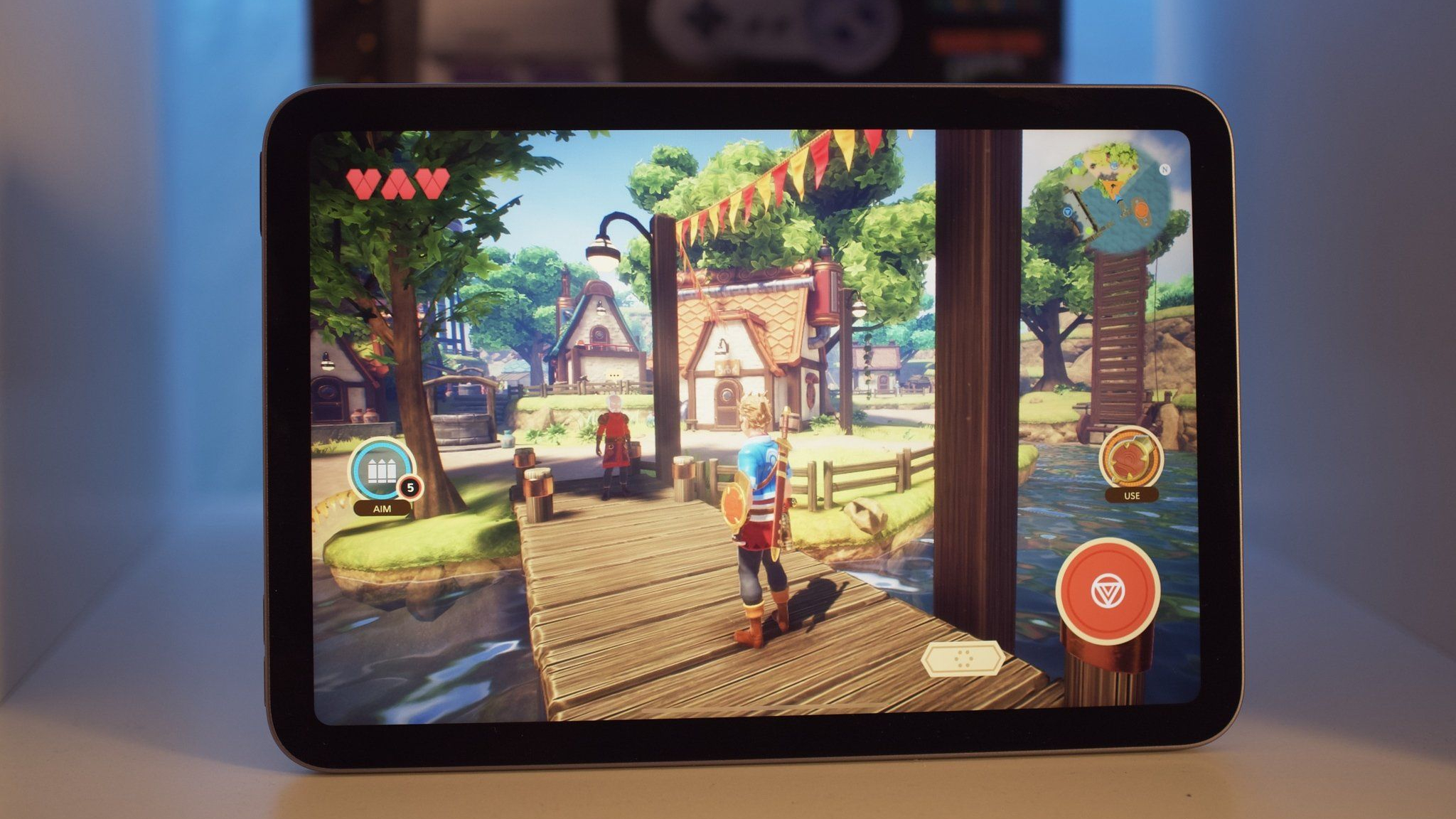
Apple and developers can do a lot these days to keep apps slim and trim, but as programs increase in complexity, you may find your iPad slowly filling up on 600MB updates and 2GB game packs. This is especially true if you plan to use an iPad for any graphically intensive process — whether that involves artwork creation or checking out the latest version of Alto's Adventure, or any other of the best Apple Arcade games.
- If you don't have a ton of apps or games on your iPad, 64GB will work just fine.
- If you have a fair number of apps and games, consider 128GB or 256GB.
- If you plan to do any graphics-heavy design work, get a 512GB or even more capacious model.
iPad storage size: Who should get a 64GB iPad?
64GB is currently only available on the iPad 10th gen and the iPad mini, and it's the perfect option if you only want to spend as much as necessary for an iPad.
If you're buying hundreds of iPads for education or enterprise and only need them to access B2B apps and web portals, this may be the iPad for you and your legions. Those who don't need any extra storage but do want a larger display or more compact form factor should consider the 64GB iPad Air or iPad mini to meet those needs instead.
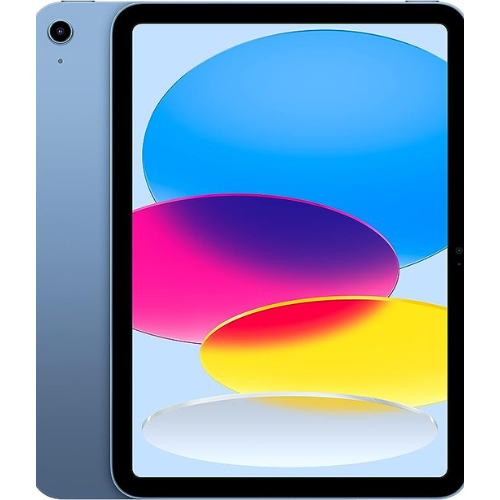
Starter iPad
The iPad 10th gen is the perfect starter iPad, and if your best bet if you want to save some money. The 64GB storage option is the way to go.
iPad storage size: Who should get a 128GB iPad?
At this point you've only got one option if you want a 128GB iPad, and that's the base model iPad Air 6. Given that it's the cheapest option with the Air, it's likely that this will be the most bought model out of all of them. It's going to be great for storing more apps and photos, which is always a bonus.
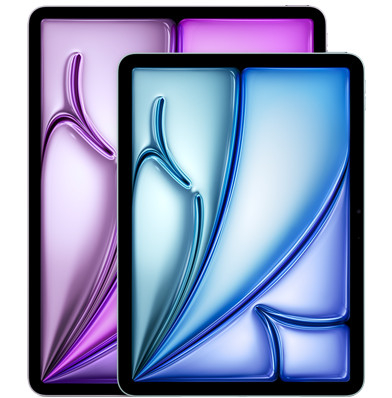
The way to go
The iPad Air 6 starts at 128GB storage, giving you plenty of space to work with and amazing features for a great price. Its higher capacity versions are a better deal per gigabyte, however.
iPad storage size: Who should get a 256GB iPad?
Plenty of people should be considering the 256GB iPad 10th gen, or 256GB iPad Pro. They both represent one of the best deals when it comes to gigabyte per dollar, and the 10th gen doesn't break the bank overall at $499. If you can afford the upgrade, you won't regret punting for 4x the storage for the $150 price difference.
Not just that, but the iPad Pro M4 now comes with 256GB as its base model storage, giving you more storage than the previous model. You can always upgrade this model, but it's a nice extra to have — even if it has upped the entry price.
It's a similar story across all iPad lines whereby the 256GB upgrade gets you much more storage per dollar. This year's iPad and the iPad Mini 6 are great examples:
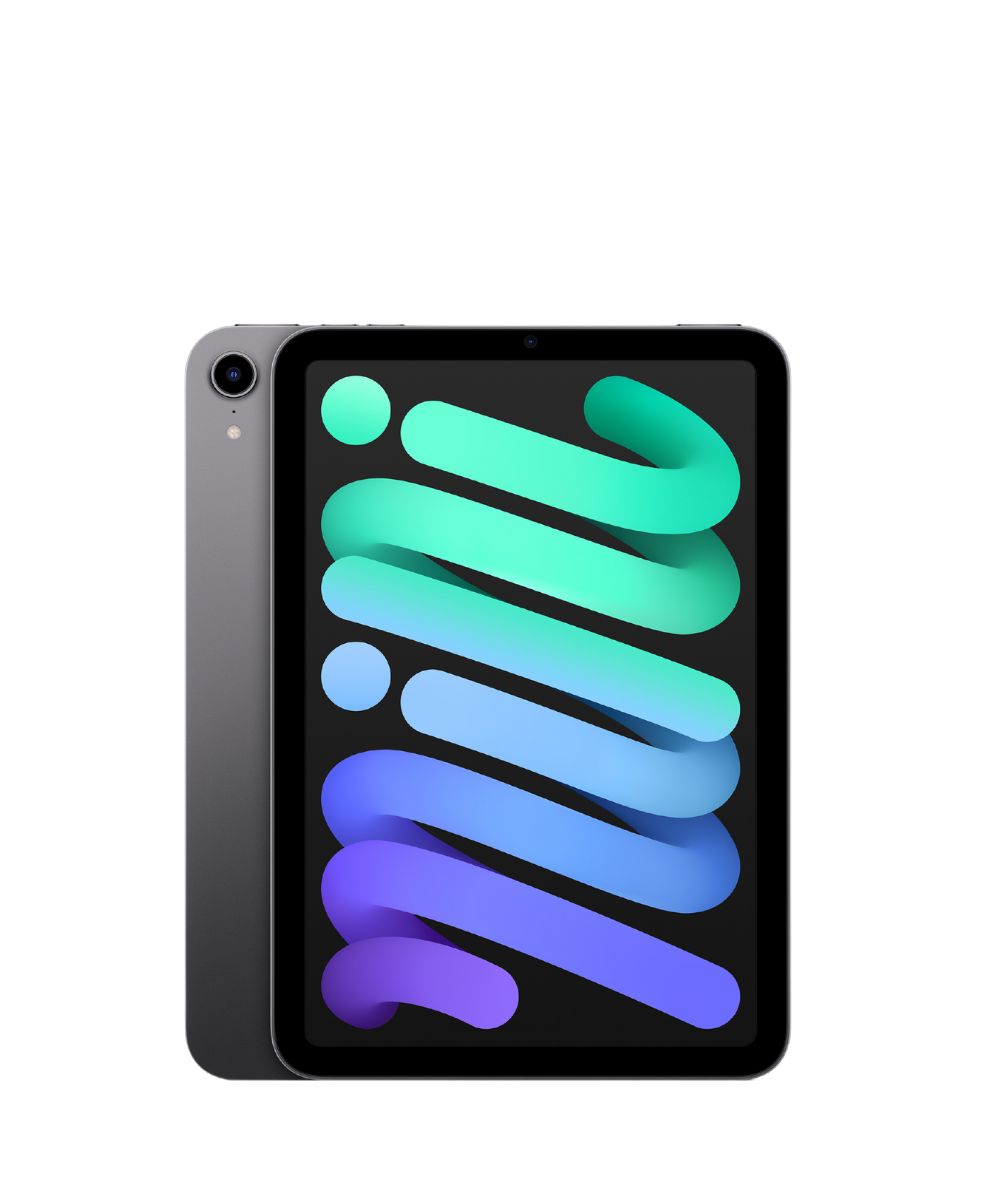
Mini but packed with power
If portability trumps price, then the 256GB iPad mini is a great option if you need a super powerful tablet that can easily slip into your bage or jacket pocket.
iPad storage size: Who should get a 512GB or larger capacity iPad?
You're likely already aware if 256GB won't meet your needs and therefore know you're in iPad Pro territory. The Pro-line is the only option if you need 512GB or more storage but, let's be frank, unless you plan to use an iPad Pro as a stuffed-full content portfolio or daily audiovisual work machine, it's going to be mighty difficult to stuff it full of 512GB of content. It's possible — but highly unlikely.
Between that prospect and the 512GB's starting $1,199 price tag, we can't recommend it to anyone but the heavy-duty user; 256GB will be more than enough for most pros (especially if combined with cloud storage) at a far more reasonable price.
If half a terabyte is actually not enough storage for you to do everything you want or need on an iPad, I think you might be doing it wrong. The 1TB and 2TB iPad Pro models are meant for developers that need the extra storage and memory, likely for processing augmented reality games and apps. Terabytes of storage are also beneficial for music engineers or graphic designers. Basically, if you're not a creative professional, you don't need an iPad with 1TB or more storage.
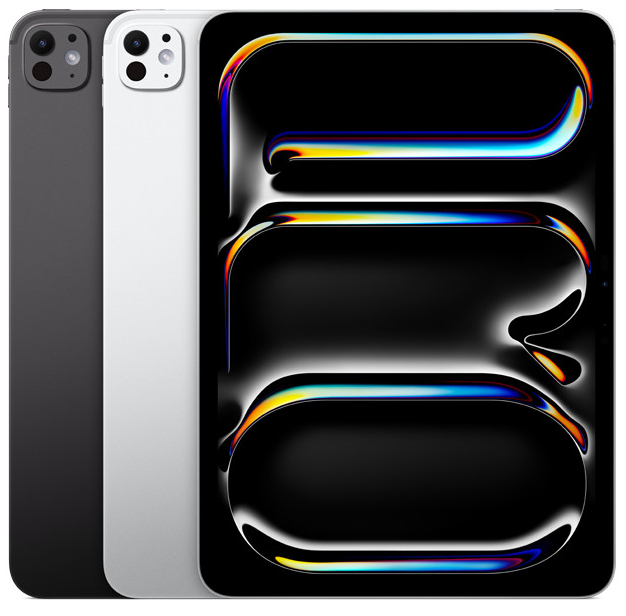
Powerful for pros
The iPad Pro 512GB is powerful and gives you an ample amount of storage for most tasks. Larger capacity options are available, but these will be for the most niche use cases and folks who really need to spend that amount of money.
iPad storage size: Still undecided?
Most iPad buyers in 2024 are only picking between two storage options since the iPad and iPad mini only offer 64GB and 256GB configurations. If you need to spend the least possible, get 64GB and the chances are you'll be fine. If you can afford the upgrade, the 4x jump in capacity will mean you never really have to think about storage management again and you're getting a better deal overall.
Those that need more than 256GB of storage probably already know it. If that's you, the iPad Pro offers more configuration options to suit your exact needs with capacities as large as 2TB for the most intensive of offline workflows.
Also, remember that Apple offers a great 14-day return policy for any product purchased from an Apple online or retail store. When you get your new iPad, put it through its paces. Add all the apps and games you want with you, load up your movies and TV shows, go out and take some photos, and shoot some videos. Give it a complete and thorough workout. If it feels like you have too much storage — or too little — take your iPad back and exchange it for one that better suits your needs.
Master your iPhone in minutes
iMore offers spot-on advice and guidance from our team of experts, with decades of Apple device experience to lean on. Learn more with iMore!

Stephen Warwick has written about Apple for five years at iMore and previously elsewhere. He covers all of iMore's latest breaking news regarding all of Apple's products and services, both hardware and software. Stephen has interviewed industry experts in a range of fields including finance, litigation, security, and more. He also specializes in curating and reviewing audio hardware and has experience beyond journalism in sound engineering, production, and design. Before becoming a writer Stephen studied Ancient History at University and also worked at Apple for more than two years. Stephen is also a host on the iMore show, a weekly podcast recorded live that discusses the latest in breaking Apple news, as well as featuring fun trivia about all things Apple. Follow him on Twitter @stephenwarwick9
- John-Anthony DisottoHow To Editor